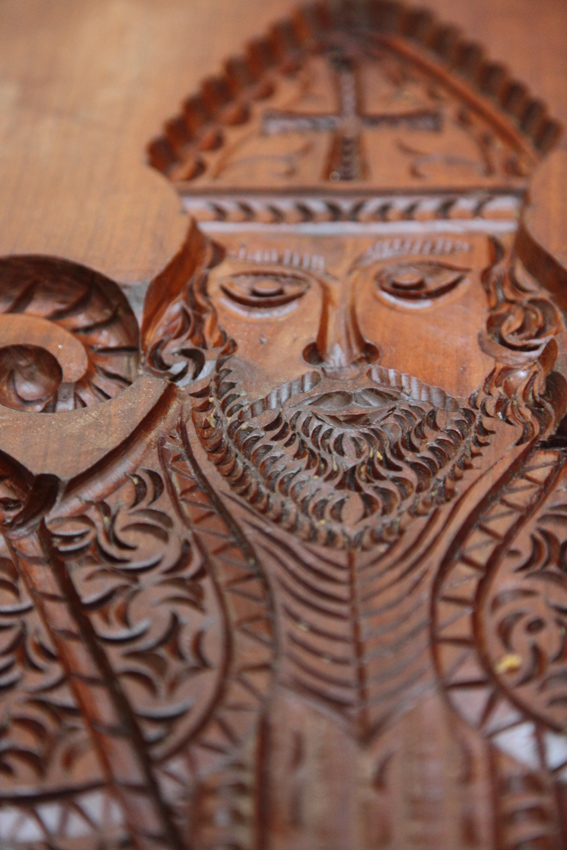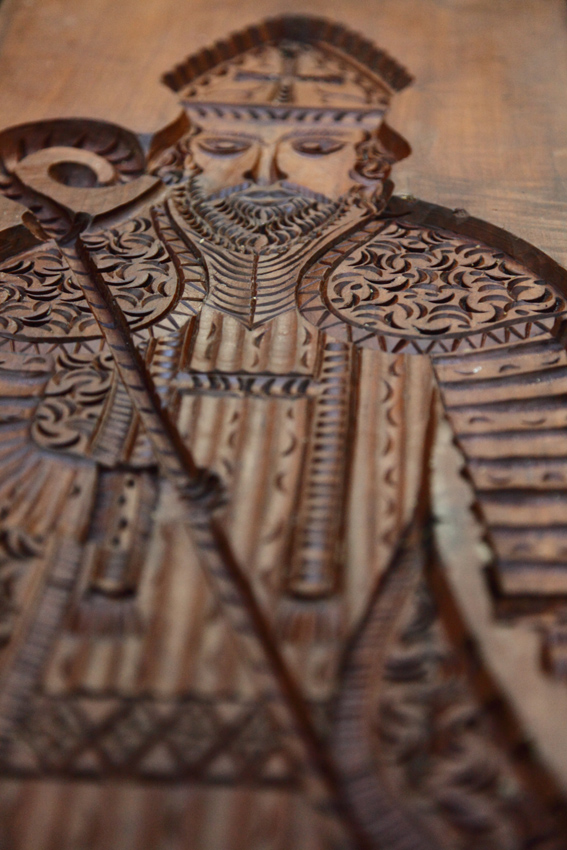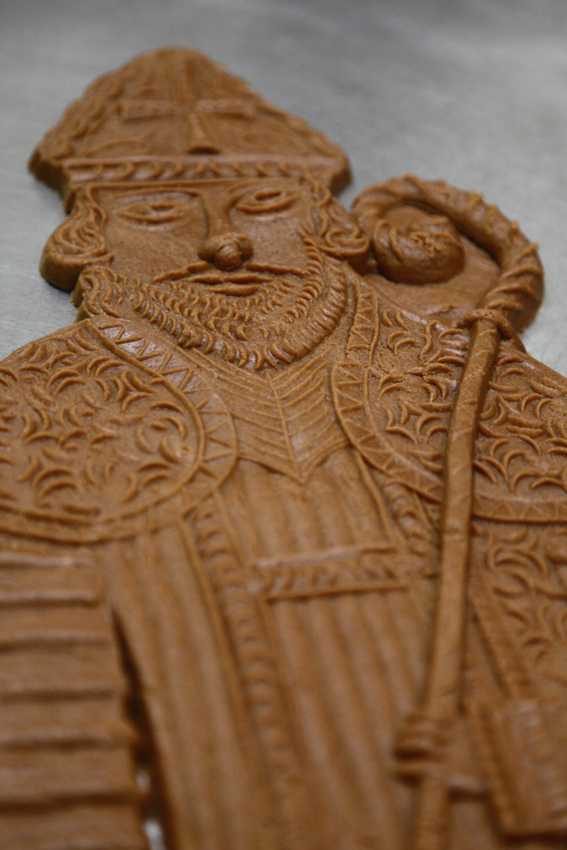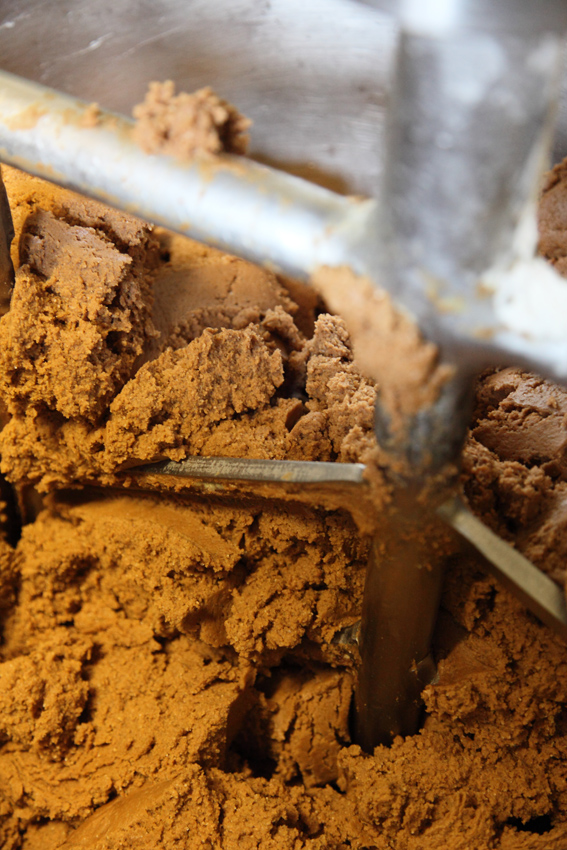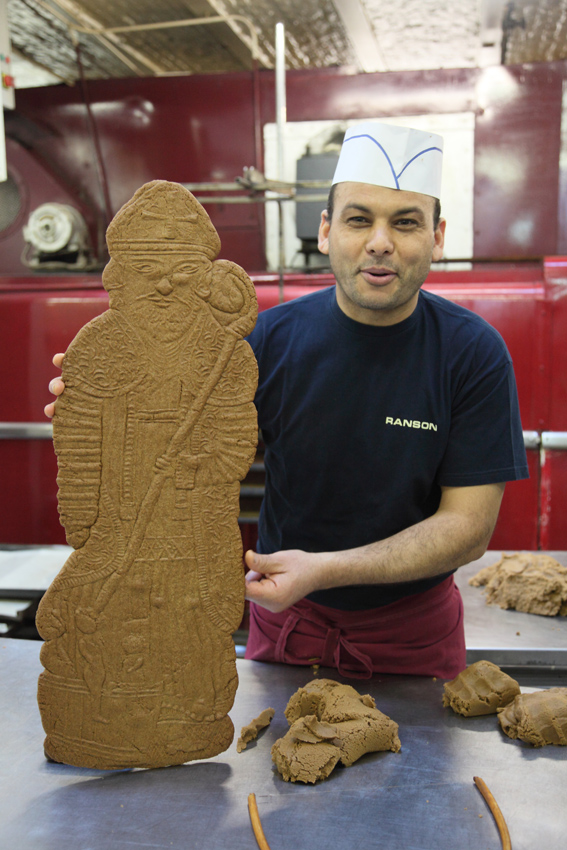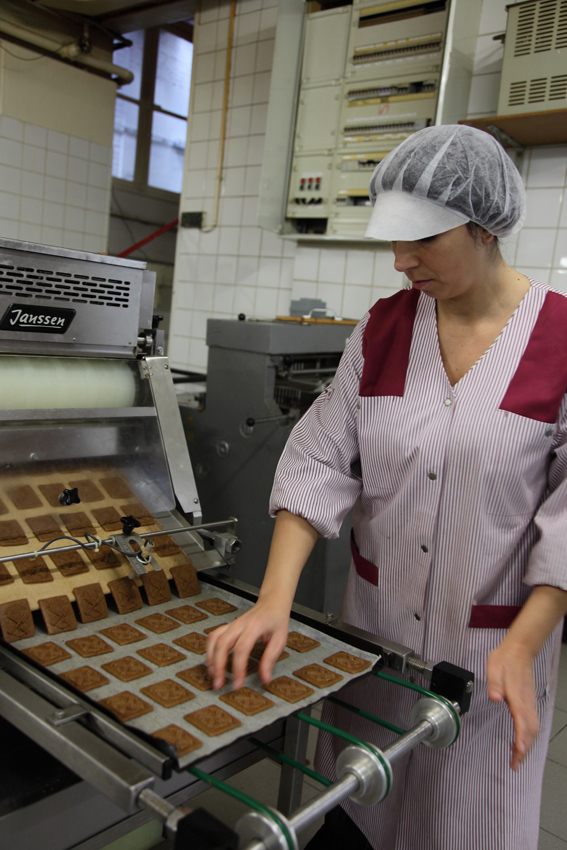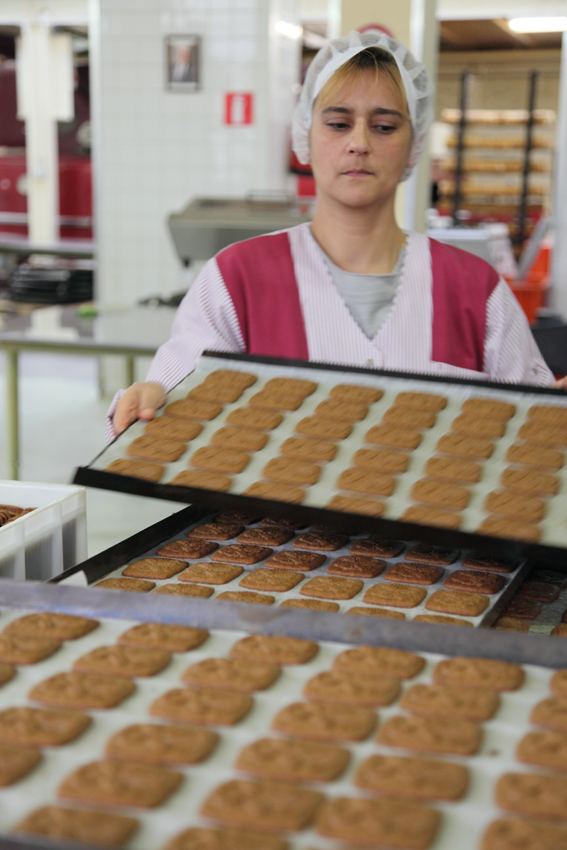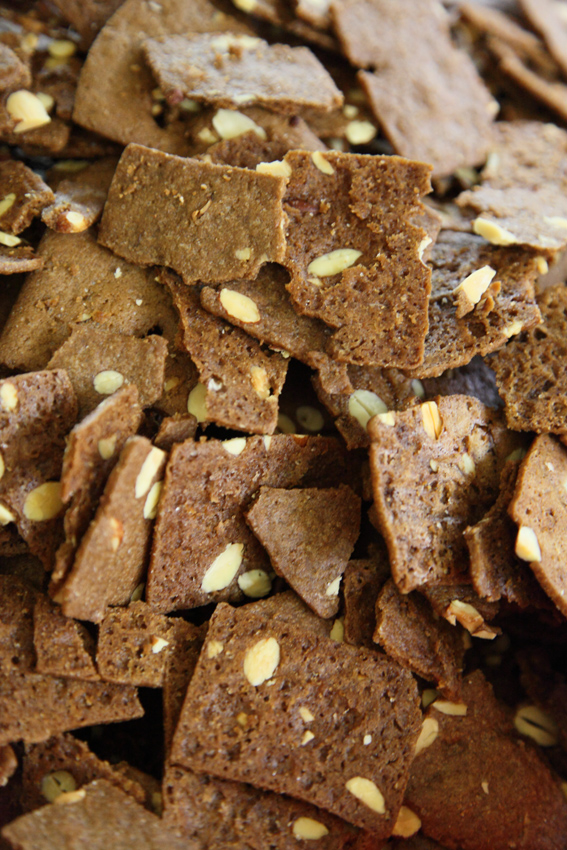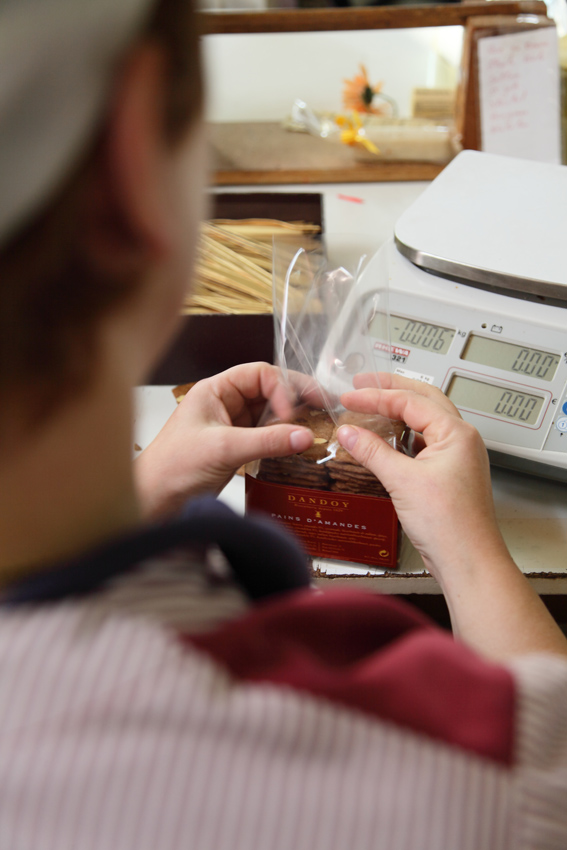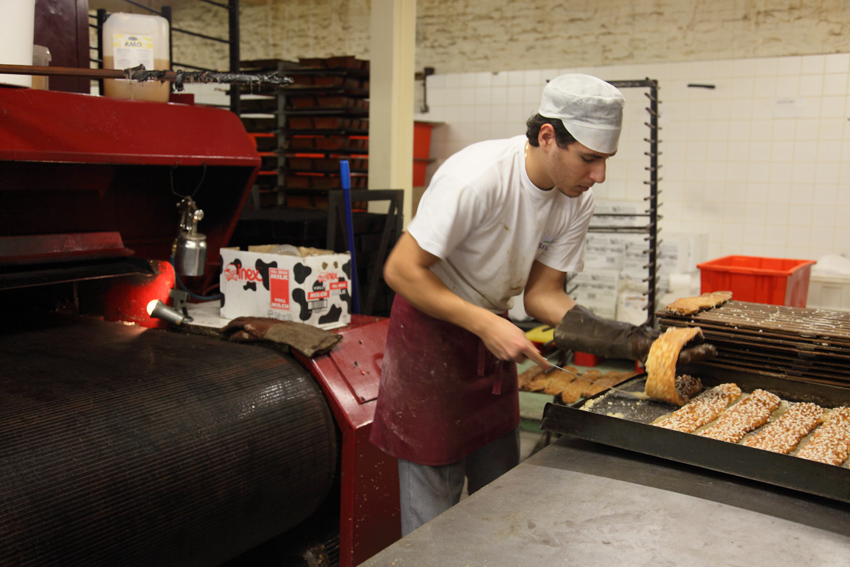
Everyone knows the Speculoos. Yes, but apart from as a sweet treat with coffee or in a cheesecake, what can you do with this spicy little cookie with a truly incomparable taste?
A CONTROVERSIAL HISTORY
We know it on a coffee cup in French bistros or in cheesecake. We like its particular and unique taste, its crunchy texture under the tooth, its warm and appetizing color. This little rectangle of sweetness and subtle flavors has a history that goes back several centuries. Some say it was invented in the 14th century in a small Dutch-speaking town in Belgium, Hasselt. Others suggest Dutch origins and more likely around the 17th century. Traditionally, speculoos were made in Belgium, Germany, Holland and northern France. In these regions, it is still eaten mainly during the Advent period and at Christmas, especially during the celebration of St. Nicholas, which takes place on December 6. In the past, the speculoos had the shape of St. Nicholas of Myra and this tradition of offering cookies with anthropomorphic shapes dates back to antiquity. The evolution of its shape tells its century-long history. But what makes this little cookie an exception in the world of cookie making?
PARTICULARITY OF THE TASTE AND THE SHAPE
Belgian speciality, the majority of the manufacturers are located in this country except for the company which manufactures its speculoos in the French way, the Bastogne. The speculoos has the particularity of not having any manufacturing standards and not being subject to any European regulations. This means that there are as many different recipes for speculoos as there are companies that make them. The recipes are therefore numerous and varied. The Larousse Gastronomique defines speculoos as « small cakes made of molded or die-cut gingerbread dough, in the shape of folkloric or traditional characters ». The spices used to make speculoos include white pepper, ginger, cloves, aniseed, vanilla, nutmeg and cardamom, with cinnamon being the most commonly used spice and giving speculoos its particularity. The spices used have several roles. Not only do they flavor the cookie, but they also color it and have a beneficial digestive role by promoting the secretion of digestive juices. The speculoos seems to be ideal after a heavy meal. Depending on the spices used, the taste will be modified. The other ingredients of speculoos are: flour, sugar and more particularly brown sugar, butter, eggs, salt, a raising agent and sometimes even honey.
VERY CHARACTERISTIC CRITERIA
Speculoos have four distinguishing features. The first criterion is the color. It can vary from light brown to dark brown. Second criterion: the taste, in particular the taste of spices and caramelization which takes place during cooking. The Maillard reaction, a physical-chemical reaction that occurs during cooking and produces not only brown pigments but also aromatic notes of toast, hazelnut, malt, honey, butter… Third criterion: The texture. It should not be too wet and evenly distributed between the edges and the middle of the cookie. It should also not be too brittle so that the packaging is easy for the manufacturer. And finally the last criterion: the weight. Each package is weighed and this weight criterion must remain strictly the same from one package to another. The packaging of the speculoos ensures a freshness of conservation which can go from 6 months to 1 year. Speculoos, a small Belgian specialty, has been taking a big step towards internationalization for several years. In Belgium, about fifty companies, of which the most famous and the leader in this sector is undoubtedly Lotus Bakeries, produce more than 400,000 tons of cookies, of which only 30% are intended for local consumption. The remaining 70% is for export. The expansion of its international sales is facilitated by its individual packaging and its unique, inimitable and original taste. The speculoos is still the talk of the town! The speculoos was registered in the Brussels inventory of intangible cultural heritage in 2020.
Located in the heart of Brussels between the Grand Place and the Stock Exchange, the Dandoy family cookie factory has been perpetuating for almost two centuries a unique artisanal know-how in the production of numerous traditional Belgian and Brussels specialities. Maison Dandoy, Rue au Beurre 31, 1000 Brussels. Tel: 02/511.03.26.. Fax: 02/511.81.79.Open from Monday to Sunday.
Copyright : Maeva Destombes
